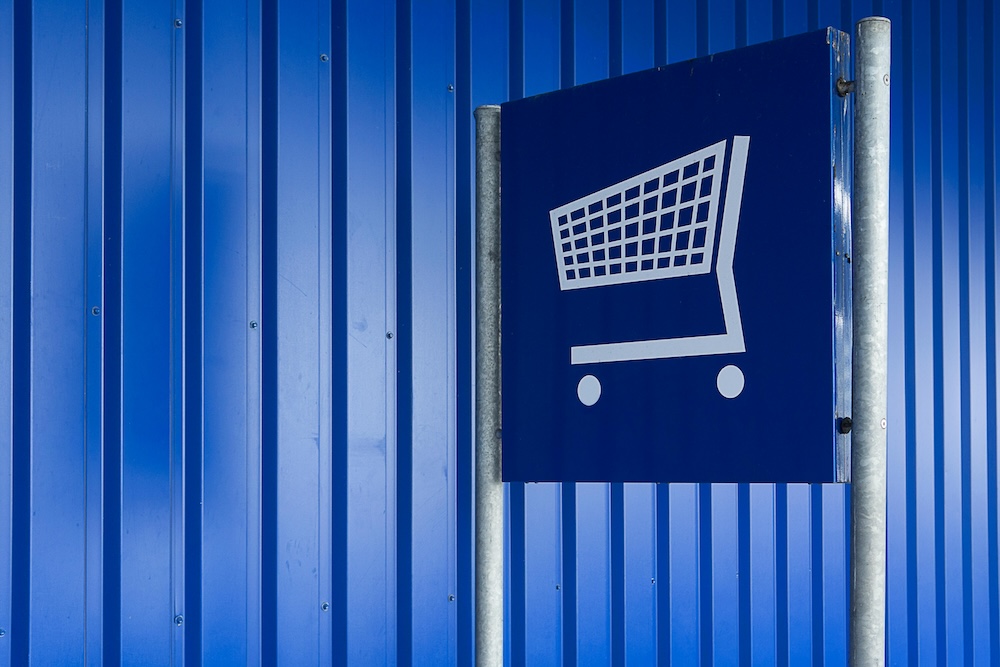The direct-to-consumer (D2C) e-commerce market is fiercely competitive, and competition is only getting steeper with the pandemic cementing online shopping as an integral part of consumer behavior. Now more than ever, online retailers are struggling to stand out from the crowd of competitors.
Large corporations like Amazon and Apple have perfected their D2C strategy over the years, constantly developing and rethinking their businesses to stay competitive. Along the way, they’ve introduced many services that have long since become industry standards, like free shipping, fast delivery, the choice between different payment methods, and “related products“.
Smaller companies or those with little e-commerce experience struggle to keep up with the big players. They don’t have the financial resources, know-how, or logistical power they need to compete.
So if you’re maybe moving away from pure B2B and starting out with D2C sales, as many companies currently are, how do you overcome these challenges?
Product protection for D2C – the win-win-win concept
Let’s talk about another landmark move these tech giants have made, namely in-house product protection. With Amazon Protect, Amazon lets their customers add an extended warranty to certain electronics, while Apple introduced AppleCare, an additional warranty and technical support plan for their own products. Both product protection programs provide their customers with added value since they make it easy for customers to get the coverage they need for the products they’re buying.
Unlike optimized shipping or delivery options, so-called embedded insurance doesn’t present any major financial or logistical challenges. In fact, with providers like Hakuna, they can be incorporated into your business model fairly easily. And when you do, you’ll be betting on a market that has incredible growth potential in the next decade. Just ask the experts.
Dietmar Kottmann, industry expert at Oliver Wyman, predicted in the Handelsblatt that the digitalization push during the Corona pandemic will turn embedded insurance into a huge growth market. According to the article, platform strategists are also certain that embedded policies will generate a total volume of gross premiums in the high nine figures over the next few years. Insurance companies aren’t the only ones who will profit. Since you’ll earn a commission on every plan sold, you’ll also get a piece.
Wondering who the third win is? Your customers. They’ll get peace of mind through easy access to quality product protection.
Emotional quality before quantity – how to profit together with your customers
It goes without saying that B2B and B2C are different (they’re different acronyms after all). In the case of product protection though, certain key differences in buying behavior are particularly important.
Typically, you’ll sell larger quantities to your B2B customers. Because of that, you’re more likely to be forgiven for individual product defects. They’ll likely be simply returned and covered by remaining stock until the replacement arrives.
In the D2C market though, you’ll generally sell much smaller quantities (often limited to a single product), and end customers will have a different “relationship” with their purchased goods. Consumers may be buying the product for logical reasons, but shopping still releases endorphins that reward the brain. The emotional value of purchases is very high: customers are truly excited about their purchases.
If the product is defective or simply does not meet expectations, this positive feeling of anticipation can quickly turn into something negative. Customers who are disappointed in their purchase, are much less likely to purchase from you again.
Ensure your survival in the shark tank of e-commerce
Turn things around for your customer by offering them product protection such as warranty extensions or accidental damage protection packages from Hakuna right at checkout. Since product protection is a trust signal that gives customers confidence in you and your products, they’ll be less concerned about the quality of the product they’re buying. Plus even if something does go wrong with it, they know they’ll be covered.
Don’t get left behind by your competitors! “In the right place at the right time” is a common saying but we’re all about “the right decision at the right time“. If you want to survive in the shark tank that is e-commerce, the right time to make the right decision is without a doubt:
NOW.

